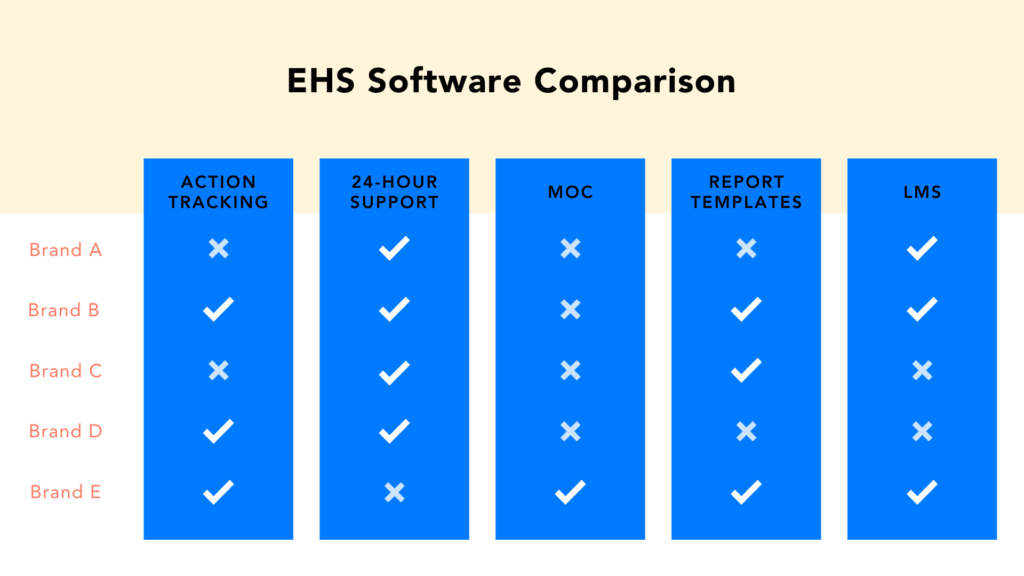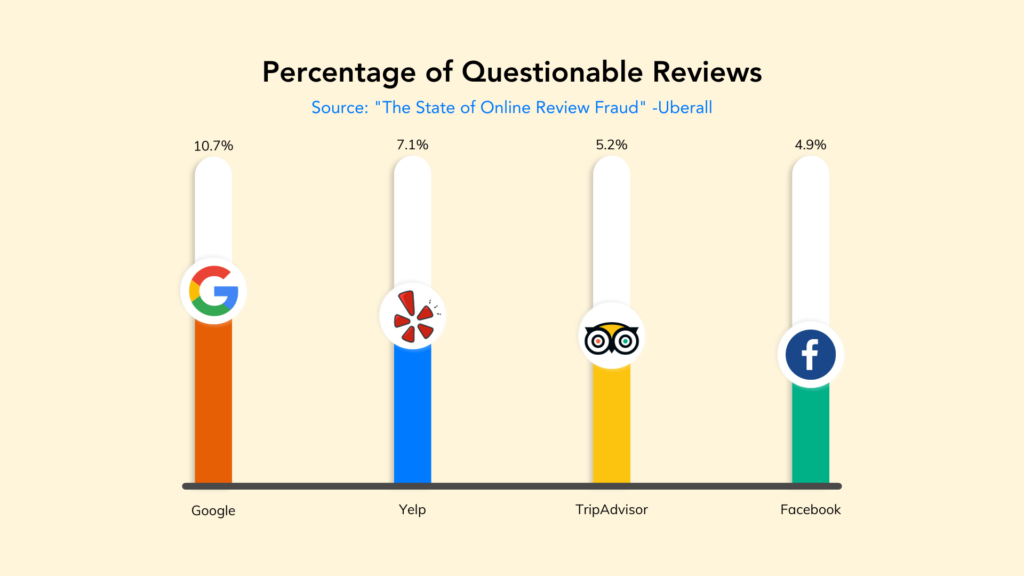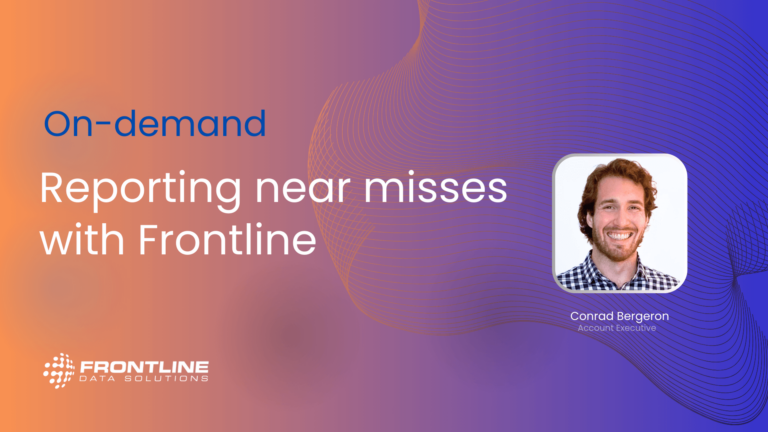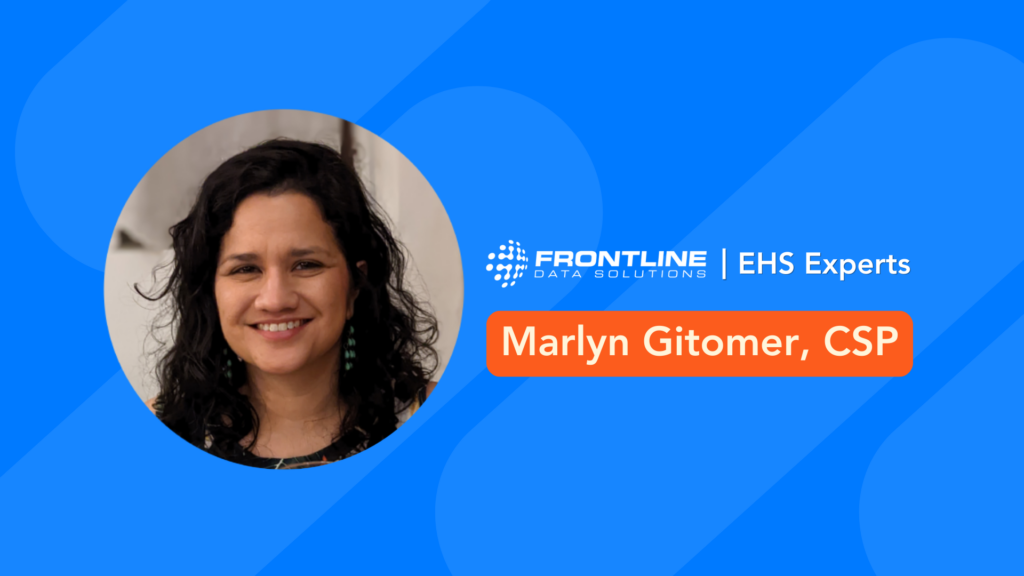The ultimate guide to buying EHS software
When buying EHS software, planning is key. First, assess your current EHS system by answering the questions below.
Answering these questions will give you an idea of what to focus on. You may find that a specific feature is your number one priority. Or maybe you want an all-inclusive software system. Either way, defining your needs is a crucial first step in the research process.
While some specialize in processes like management of change (MOC), others may only offer general solutions. Either option can be great, but only if it works for your specific business.
If you don’t narrow down your focus before researching, you will have a hard time sifting through all the available EHS software options.
- How do you find important documents and reports?
- Is your current system easy for new users to learn?
- What are some recurring problems you run into?
- What do you like about your current system?
- What do you dislike about your current system?
- What are the main reasons you have for switching to EHS software?
- Are there any major obstacles that would prevent you from getting EHS software? (cost, leader buy-in, implementation, etc.)
The difficulty of comparing providers online
Search algorithms are more complex than they used to be. Brands need to demonstrate their relevance within an industry before they will show up in search results. And that need for visibility in Google has created a whole host of tactics that don’t always serve online shoppers.
According to Bright Local, 31% of consumers read more online reviews during the COVID-19 pandemic. But these reviews aren’t always reliable. When buying EHS software, you need to evaluate companies from personal experience as well. You shouldn’t rely solely on user reviews and third-party comparison sites to make a final purchase decision.
Comparison sites
Many businesses turn to software review sites for a short list of initial brands to review. In the EHS industry, popular comparison sites include Capterra, G2, Software Advice, and SoftwareWorld. These platforms provide users with an aggregate rating and ranking of similar software services. But these rankings typically are not fair and impartial for several reasons.
Sponsored rankings: Software brands may be able to pay to boost their rankings, thereby invalidating the unbiased review process. Because of this, you could miss out on smaller, niche providers or specialized options.
Unqualified reviewers: The people choosing rankings may not have personally tested the software. And if they haven’t tested the software, are they qualified to compare different options?
And then there’s also the issue of equity within the comparisons themselves. Some sites award rankings based on the number of features a system provides. But not all features are equal.
Consider the following example:

None of the brands in this example have all the features in the rating system. From the outset, Brand B and Brand E seem like the best options because they have 4/5 desired features. But how do they stack up against each other?
Brand E has an MOC system while Brand B has 24-hour customer service. If you really need an MOC system, Brand E is the clear winner. But if support is your number one consideration, Brand B is the best option.
Within this example, there may also be buyers who only need an action tracking system. Maybe they don’t need MOC or LMS systems. And so, the aggregated ranking and review system is much too broad for effective comparison.
Be careful when weighing suggestions from these types of comparison sites. They may place emphasis on features that are irrelevant to your business. And when you start comparing features you didn’t want in the first place, you may end up paying more for EHS software than you need to.
User reviews
Another major obstacle in online EHS shopping is the reliability of customer reviews. It is illegal to pay for reviews, however, it does happen from time to time.
An analysis of four million customer reviews across TripAdvisor, Google, Facebook, and Yelp found that more than 10% of Google reviews are fake.
This isn’t to say that you should completely disregard customer reviews during your search. Most of them are genuine and can be very helpful for navigating different brands. But you shouldn’t rely solely on reviews to form your own opinions.
In the EHS software landscape, the product should speak for itself. Consider how each software solution might help or hinder your organization. And lean on first-hand interactions with brands to determine whether you’d like to form a lasting relationship with them.

Product assessment when buying EHS software
When doing a product assessment, you’ll come across many benefits and features. They are easily confused, but there is a major difference.
A benefit is defined as: “something that produces good or helpful results or effects or that promotes well-being.”
Some of the major benefits of EHS software are that it:
- Makes incident reporting easier
- Allows you to track action items
- Streamlines all communication regarding safety events and initiatives
- Organizes all important documents and reports in one place
These benefits are advantageous to your organization. They have a direct effect on how you conduct business.
When buying EHS software, always prioritze benefits over features. Focus on how functional, scalable, customizable, and user-friendly a software system is. These characteristics, farm more than specific tools and features, will help you find a software provider you can use for years and years.
A feature, on the other hand, is “something offered to the public or advertised as particularly attractive.”
EHS software features may include:
- Customizable forms and workflows
- Integrations with third-party tools
- Mobile applications
- Offline capabilities
The important thing to note about features is that they can be a distraction from the overall product. While they may be nice to have, they aren’t always necessary.
EHS software pricing
In this section, we’ll cover some of the factors that may influence prices.
Functionality
Implementing a new EHS software system takes time. And there is a learning curve, especially for businesses that are switching over from a paper system. No matter what your starting point is, however, EHS software should be functional out of the box.
This means that all the essential programs and systems are user-friendly and relatively easy to adopt. During product demos, pay attention to the workflows you see:
- Does the user have to navigate through many pages to get to a certain tool?
- Is the layout simple or complex?
- Is the system intuitive, meaning that safety personnel could use it without much oversight?
Evaluating software systems can be difficult when you lose sight of the product itself. Ask questions that allow you to see the product in use. You want to make sure that the software will be easy for new users to adopt. And that functionality becomes more essential the larger your organization becomes over time.
Scalability
Before committing to an EHS software provider, you should think about the system’s scalability. Do you see yourself growing as an organization? Maybe you plan to open a new facility or to hire more frontline workers.
To do so, you will need a software system that grows with you. When vetting potential providers, ask about their flexibility when it comes to organizational changes. Can they handle a larger end-user base? How do those changes impact the price of the product?
On the other hand, you also want to consider downsizing. If, for any reason, you decide to scale back your operation, can you reduce the overall cost of your EHS software system? This is a possibility that most businesses don’t think about. But if it could happen, you want to know that your software system won’t be too expensive for future needs.
Provider interactions
Perhaps one of the most underrated factors to consider is your interaction with individual providers. How a provider communicates with you before, during, and after a demo call is very important. This will tell you whether you might like to work with them in the future.
Since the process of implementing EHS software is so complex and time-consuming, you really want to choose carefully. Not all providers will offer the same level of customer service and support. Those initial interactions give insight into the level of support and professionalism you can expect moving forward.
Getting a clear price comparison between two EHS software providers is difficult because most companies don’t publish pricing models on their websites. To get an accurate quote, you will have to reach out to each provider separately. This makes for a more tedious process, but it does mean that you’ll often get tailor-made software solutions and pricing to match.
Rate increases
It’s important to recognize that many providers offer low initial rates that increase past a certain threshold. This is called “metered” pricing, and it can be jarring to see changes.
When you initially subscribe to the software, you’ll think you’re getting a great price. But the rate only includes a limited amount of storage, support, bandwidth, etc. Once you use up your initial storage allowance, however, your rates will increase.
A select number of providers offer unlimited usage across the board. These companies are more up front with the total cost of the software, making it easier to price out.
With such variation in pricing structures, comparing quotes can be very difficult. As you compare costs, make sure you understand how each provider determines the costs. This will prevent you from subscribing to an EHS software system that you can’t afford to scale.
Pricing factors
Another reason why price comparison is so difficult is that individual software solutions are so different. Each provider has its own set of add-ons and features. Some may be included with the software system and others may cost extra.
Some of the factors that might go into an EHS software quote include:
- Number of end users
- Modules included in the quote (MOC, action tracking, chemical management, LMS, etc.)
- Number of locations and/or administrators who need support
- Custom features
- Custom integrations with third-party applications
- Asset management services
- Document management
In most cases, the cost per incremental user goes down as you add more users. The more you customize your software suite, the bigger the variation in price across providers. You may also find that some companies cannot offer customized integrations, features, etc.
Most companies hope to subscribe to an EHS software system for the long-haul. The time and cost it takes to switch providers should be all the motivation you need to get it right the first time.
Be wary of online, third-party comparisons and rankings that may concentrate on features over benefits. Before you begin the research process, have a clear definition of what you need.
The right software provider will be able to grow and change alongside your organization. And that partnership is invaluable when it comes to the consistency needed for keeping workers safe.




